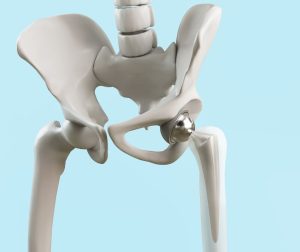More than Just Touching your Toes
Think stretching is just for circus contortionists or professional dancers? It’s not! Tempted to skip the cool-down after a run, a tennis match, or a gym session? Don’t do it! Flexibility isn’t just about being bendy – it’s about moving with ease, improving mobility, reducing injury risk, and feeling comfortable in everyday life.
If you’ve skipped the warm-up and cool-down too many times and that’s caught up with you, or if mobility issues are making movement tricky, we’re here to help. Call (03) 9762 9445 to book an appointment with the team at Body@Boronia.
Dynamic stretching: get the body ready
Dynamic stretches – controlled, moving stretches such as leg swings, arm circles, or walking lunges – increase blood flow, wake up the nervous system, and prepare your muscles for deeper stretches. Think of it as coaxing your body into action, rather than shocking it.
Static stretching: post-activity cool down
After your session, static stretching helps muscles lengthen, relax, and recover. Hold stretches for 20–30 seconds for areas like hamstrings, calves, chest, or any stiff spots you notice. Remember: stretching should be a gentle pulling sensation, not a medieval torture device.
Don’t forget the overlooked areas
Flexibility isn’t just about the splits. Stiff ankles can affect walking and running. A tight thoracic spine limits shoulder mobility and even breathing. Small areas like wrists and forearms matter too – especially if you spend hours at a desk.
Strength at stretch: bend with control
Lifestyle habits that support flexibility
- Hydration: keeps tissues supple
- Posture: good habits prevent tightness
- Daily movement: break up long periods of sitting
- Sleep and recovery: let your body repair itself
A playful warning
Go too fast, too hard, or try to twist yourself into a human pretzel, and you risk injury. Start slow, progress gradually, and keep it fun.
Make flexibility part of life
Consistent warm-ups, stretching, and mindful movement throughout the day can make a big difference. If you’d like tailored advice, call (03) 9762 9445 today to book an appointment at Body@Boronia. And don’t forget to follow us on social media for more tips to keep your body moving at its best. We’re on Facebook and Instagram.
Bonus tips: if you do want to be a circus contortionist
It’s not all about the splits, but if you want that party trick up your sleeve….
- Warm up dynamically
- Stretch gradually, don’t rush
- Strengthen muscles at the end range
- Practice consistently (not just before the party!)
References
When needed, we research our content using a range of sources across both web and books. Regular references we use include:
- Foundations of Osteopathic Medicine, 4th ed. Seffinger et al. 2019
- Thieme Atlas of Anatomy, 4th ed. Gilroy et al. 2021.
- Clinical Sports Medicine: Injuries, 5th ed. Brukner & Khan. 2017.
- Principles of Anatomy & Physiology, 13th ed. Tortora & Derrickson. 2011.
- Differential Diagnosis and Management for the Chiropractor. 5th ed. Souza. 2016.
- Physiopedia website – https://www.physio-pedia.com/home/
- Pubmed website for latest articles – https://pubmed.ncbi.nlm.nih.gov/
- Google Scholar for latest articles – https://scholar.google.com/
- World Health Organisation website – https://www.who.int/
- Osteopathy Australia website – https://osteopathy.org.au/
- Australian Physiotherapy Association website – https://australian.physio/
- Chiropractic Australia website – https://www.chiropracticaustralia.org.au/
- Professional bodies websites and health conditions charity websites, like Arthritis Australia – https://arthritisaustralia.com.au/
We ensure any references used are reputable resources and of high trust and quality. All content is fact-checked by our qualified, in-house AHPRA-registered allied health professional.





